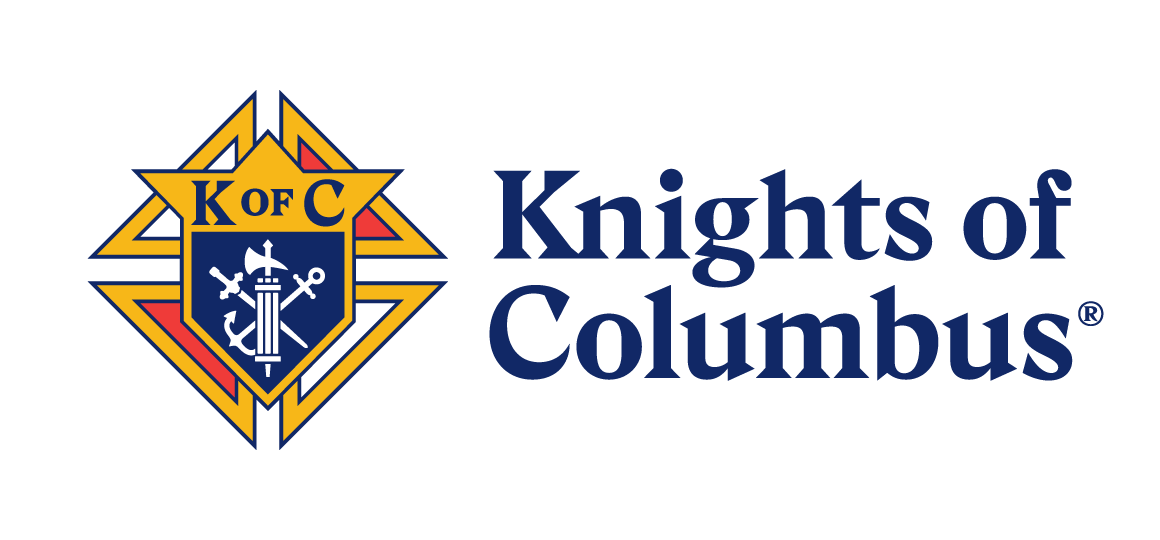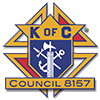
Lecture Number 5 – November 2023
In the church year the month of November begins with All Saints Day followed by All Souls Day. October ends with what is now called Halloween, previously, a day of fasting known as All Hallows Eve.
How and where did Halloween originate?
Thousands of years ago Europe was occupied by the Celts, several tribes of modern Homo Sapiens. They spread across the continent into Iberia and the British Isles. They left no written records so what we know about them, their beliefs and culture, is taken from the written records left by the civilizations that encountered them and from oral traditions that were written down hundreds or even thousands of years later.
The Celts in the British Isles celebrated four major holidays. These celebrations generally marked the changing of the seasons. The celebration of Samhain was one of these four major Celtic holidays. Celts in Ireland, Scotland, the Isle of Man, Wales, Cornwall, and Celtic tribes in Britian believed that there were two worlds – the world of the living and the Otherworld or the world of the dead.
The holiday celebrated the end of the year, the end of the harvest season and the beginning of winter, the darker half of the year. The celebration included feasting and the lighting of bonfires. They also believed that the world of the living and the Otherworld were closest during this celebration which began at sunset on October 31st and ended at sunset on November 1st.
Tradition tells us that at nightfall on October 31st the vail that separated the world of the living from the Otherworld was shredded or dissolved and the souls of the departed could return to the world of the living to seek revenge or retribution from those still living who had wronged them. At sun rise on November 1st, these spirits were recalled to the Otherworld and the veil reappeared separating the two worlds. The living who survived, which was just about everybody, celebrated with feasting, It was the end of the year and now the world would rest until the return of Spring.
When the people of the British Isles immigrated to North America, they brought their customs with them. Halloween is a derivation of All Hallows Eve. Those ghosts and goblins haunting your door on October 31st are the modern version of the spirits that passed into the world of the living on Samhain.
Christianity began to spread from the Mediterranean into northern Europe in the third and fourth centuries. It became apparent that to ensure success and conversion it could be necessary to incorporate pagan customs and celebrations into the life of the church. Beginning in the fourth century celebrations of the Saints were held at various times throughout the year. In the ninth century churches in the British Isles were celebrating the holiday on November 1st. Pope Gregory IV established All Saints’ Day on November 1st and extended the holy day through the whole church.
Throughout the year we honor and celebrate those Saints known to us. Beginning in the eighth century the Popes recognized that we do not know of all the Saints. All Saints Day is a celebration of all the Saints both known and unknown. It is followed by All Souls Day which is a day of prayer for the faithfully departed.
Neither of these two holy days is to be confused with the celebration of Die de Muertos.
Like Halloween, the origins of Dia de Muertos go back thousands of years. Like the Celts in Ireland the Aztecs in Mexico believed that there were two worlds, the World of the Living, and the World of the Dead, and that on a given day or days the vail separating the two worlds dissolved and the souls of the dead could cross back into the world of the living. Roman Catholics believe that after death the soul is assigned to purgatory for cleansing and purification before being admitted to heaven. The Aztecs believed that after death the soul began a journey through nine levels, a journey that could take several years before admission to Mictlan, their version of heaven. The celebration usually took place in our month of August. After the Spanish conquest the celebration was moved the end of October and the first two days of November to coincide with the church’s Holy Days.
The celebration of Dia de Muertos begins on October 31st when it is believed that the souls of children can rejoin their living relatives. On November 2nd the souls of departed adults can visit their living relatives. Their graves are covered with flowers and lighted candles. Food is shared with some set aside for the deceased to help them on their journey.
The month of November also marks the end of the church year. It is a time:
- to be thankful for the joys of the past year,
- a time to recall the sorrows too,
- a time to forgive those who have wronged us in some way,
- a time to apologize to those we have wronged.
It is a time to begin to prepare for the season of Advent and for the celebration of the birth of our Savior, Jesus Christ.

